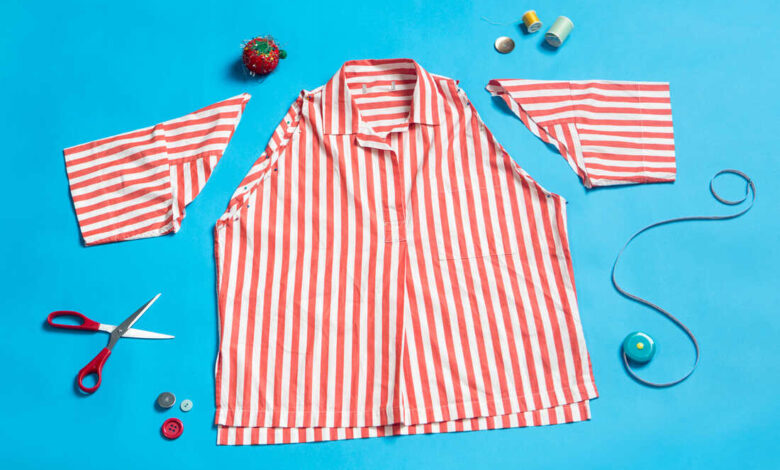
From Fast Fashion to Slow Style: 3 Tips for Sustainable Clothing Culture
It is disheartening that the clothing manufacturing industry is one of the most significant industrial waste producers. This harmful waste emits greenhouse gasses, which significantly affect the environment. Adhering to these conditions, the new generations are trying to be more environmentally friendly and stepping into used clothing.
Making conscious choices while buying clothes can bring about a considerable change in the context of protecting the environment. People would slowly move towards ethical practices and support sustainability. Moreover, if someone ever wants to save a bit more money, buying second-hand clothing bales from reputable outlets can help a lot. They would get a lot of clothes at reasonable prices.
3 Ways To Begin Your Journey In Sustainable Fashion
Purchasing second-hand and used apparel, one of the most basic ways to step into sustainable clothing, has taken a massive jump in the clothing industry. New thrift shops are opening every other day on every corner, and many even have their websites.
Apart from this, there are other simple ways an individual can follow to initiate their journey in sustainable clothing:
1. Choose Clothes That Are Made Of Natural Fibers

Nobody contests the fact that buying used clothing and accessories is a sustainable practice. But there are also ways to practice greater environmental awareness.
Seek clothing made of natural fibers like jute, cotton, wool, and linen. Avoid purchasing products made of synthetic fibers because they need a lot of energy to process and produce dangerous emissions. A large amount of textile waste produced by synthetic fibers contributes to the emission of greenhouse gasses.
Cotton is one of the safest fibers to use when making clothing and is highly comfy. Cotton is among the better options.
2. Clothing Upcycling Is Also In Trend
Clothes are supposed to get worn out, and people will grow out of them. So why not consider upcycling them or repairing them? For example, if a long gown gets torn, the owner can change it to a trendy knee-length frock.
Clothes can be upcycled to look very trendy, and one can even become a trendsetter for many. Social media highly influences GenZ; if someone can make a mark with their upcycled clothing, they can become one influencer!
So when someone chooses to repair and upcycle, they restrain from buying new clothes, which automatically reduces the generation of textile waste caused by manufacturing companies.
3. Donate The Clothes That You Do Not Wear And Are In Good Condition

There are thrift shops that take donated clothes and sell them to customers. Or if someone is into social work, they can also present the clothes to underprivileged people who do not have the means to buy clothes, as good quality apparels are always costly.
This way, one would contribute to the sales of used clothing and push this industry towards betterment. The changes are subtle, but it is unimaginable how good an effect it has on the environment and how greatly it promotes sustainable living.
Conclusion
A clear conception of how a person consumes and perceives fashion is one of the most significant factors in moving towards a more environmentally conscious clothing industry. A lot of brands are emerging who take this very seriously and work towards preserving nature. Organic fabrics are used, and synthetic materials are avoided as much as possible.
Suppose all of the abovementioned pointers are considered. In that case, one can step into sustainable clothing and become a rational citizen in preserving the environment for future generations.




